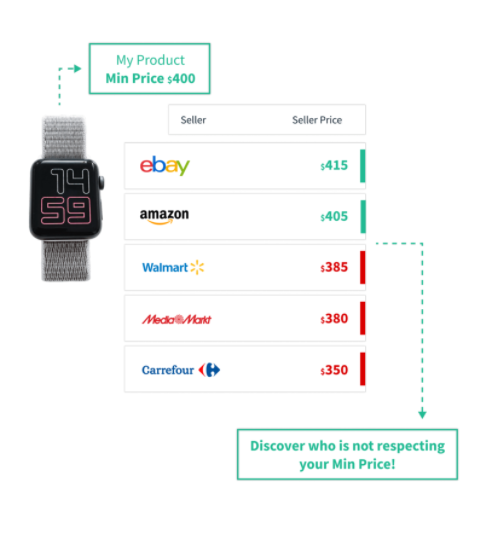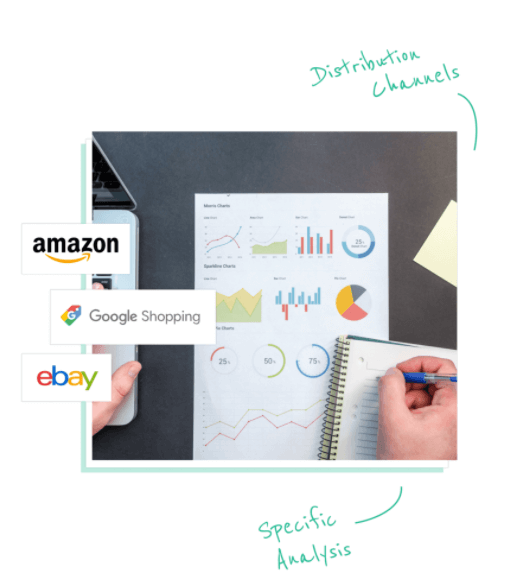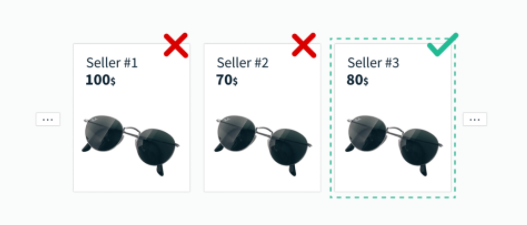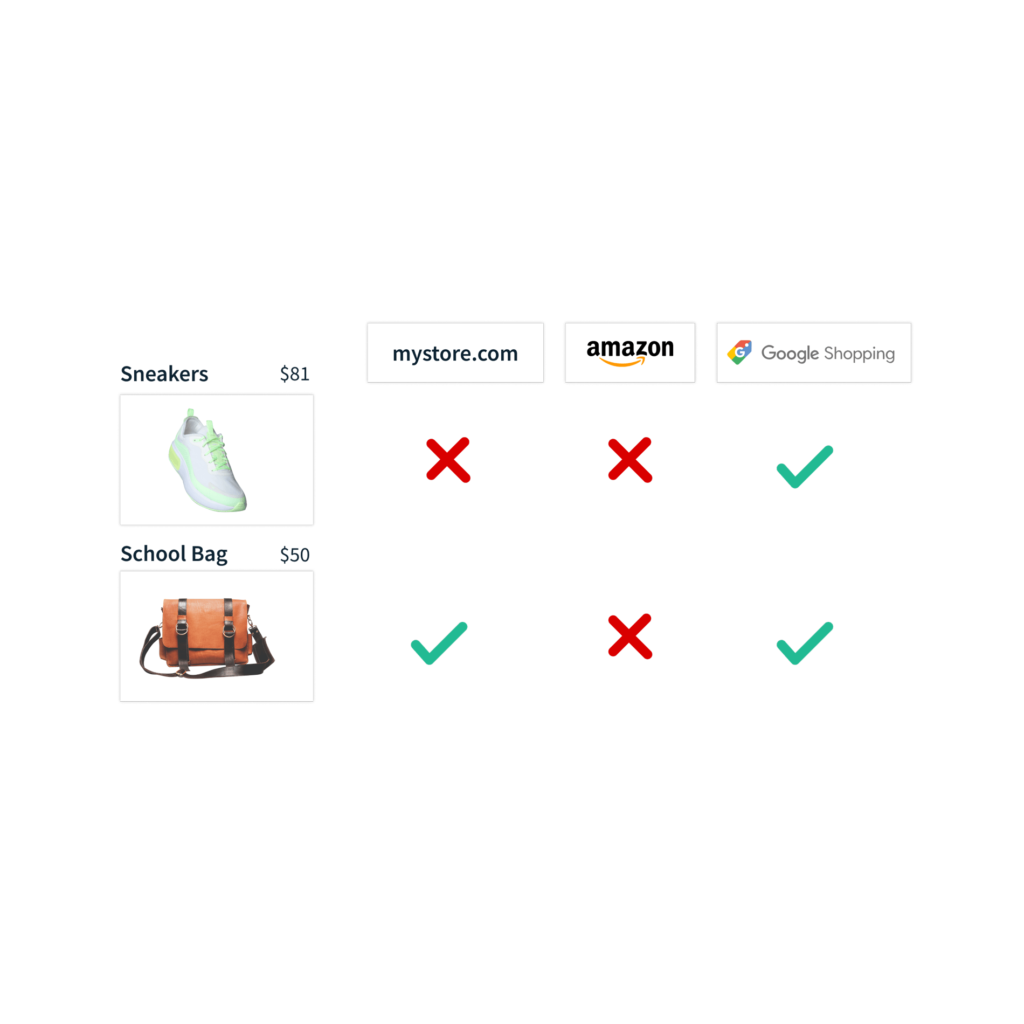Selling online can be a great hustle, as a brand you have to be aware of the competitiveness that retailers are facing nowadays and the pressure that they may be feeling from the consumers to have the best deals and prices. This situation can generate significant differences between the MSRP ( Manufacturer Suggested Retail Price) and MAP (Minimum Advertised Price). And as a business, you have to be careful of the consequences of these actions and how they can affect your brand.
One of the most common aftermaths of a significant MSRP and MAP in comparison to actual retail prices in the market, for a brand, is that if you have your own e-commerce it is very likely that it may not convert as desired since it is no longer competitive. Also the brand may experience a branding conflict since the purchasing price and the image of the brand may not concur and therefore reduce the credibility of your brand.
Because of the latter, it is indispensable that you, as a brand, have all the necessary information about the retailers you supply and if they are respecting both your MSRP and MAP suggestions.
It is very common for brands to not know exactly the price in which all of their retailers are selling their products and/or if these retailers are allowed to be selling their merchandise. Most of the time this happens because a lot of brands try to address this problem in a manual way wasting not only resources but a lot of time and effort. If you truly wish to confront this issue and be more aware of your brand in the online world you must automize your process. Here are a few ways you can monitor your MSRP and MAP throughout all your retailers:
1. Get a look into your sellers websites
Monitor your sellers’ websites. Keeping track of how the retailers are selling your products can help you obtain all the information you need to know if they are respecting your MSRP and MAP suggestions. You will also be able to see the history of prices for each of your products in all your sellers websites and analyze how its behavior compares to your listing price.


2. All the information you need in an organized manner
Having all the information is of great help, but having it organized and therefore easy to read is just as important. Not all monitoring systems offer dashboards and displays, but there are a few such as Netrivals that do. Having a visual on which sellers are selling above or below your minimum prices for your catalog will allow you to detect inconsistencies and help you make better decisions.
3. Detect unauthorized sellers
As a brand you take your time to really get to know your sellers, how they operate, where they sell, who is their main customer, etc. So when an unauthorized seller comes along it may be a setback. With a good monitoring system you will be able to identify who is selling what and at what price in price comparators such as Google Shopping and Idealo or marketplaces like Amazon.

4. Monitor different countries
There are times when through the marketplaces sellers offer products in different countries. With the correct monitoring system you will be able not only to see the marketplaces that you want to analyze, but also all the countries that you want to see.
5. Take into consideration all the variants for a single product
When monitoring it is important to distinguish between the same product and its different variants. There are monitoring systems that understand that there are differences between a product in different sizes, colors, materials, etc. and therefore consider them as a different product all together. With this kind of information if the price changes according to the merchandise attributes, you will be able to obtain real information.
6. Don’t miss anything important
When having a brand there is a lot of work to do and even though you can automate a lot of the process of monitoring, sometimes you just want to know when a specific thing occurs. This is why creating notifications can be of great help for you. With systems such as Netrivals you will be able to create alerts that will tell you when there is a price drop or increment or even when the seller has no more stock of a specific product. This will help you know when and how the prices change in regards to your MSRP.

With all the information provided with the monitoring systems you will have a better grasp of your brand in the retail world and the price at which your products are being sold. Remember that monitoring prices is a great tool that will help your brand gain the competitive vision of the market that you need. If you are curious about MSRP limitations you can refer to the article “Can brands legally monitor prices?” for more information about this topic.




